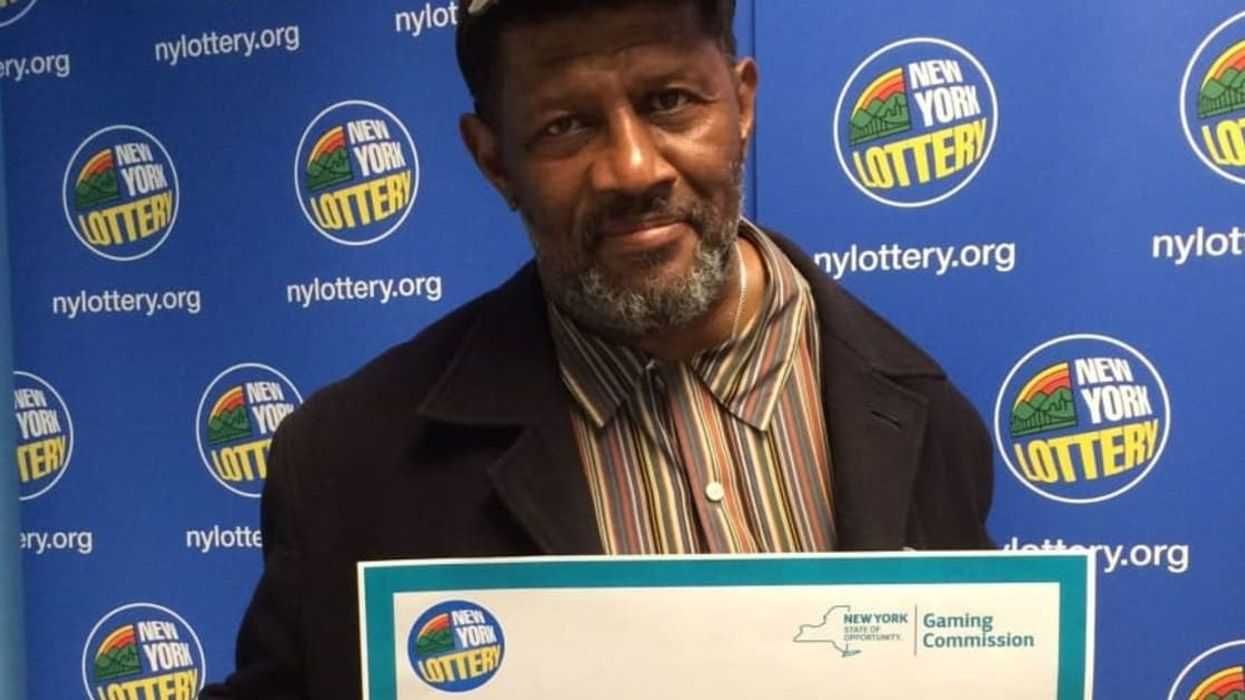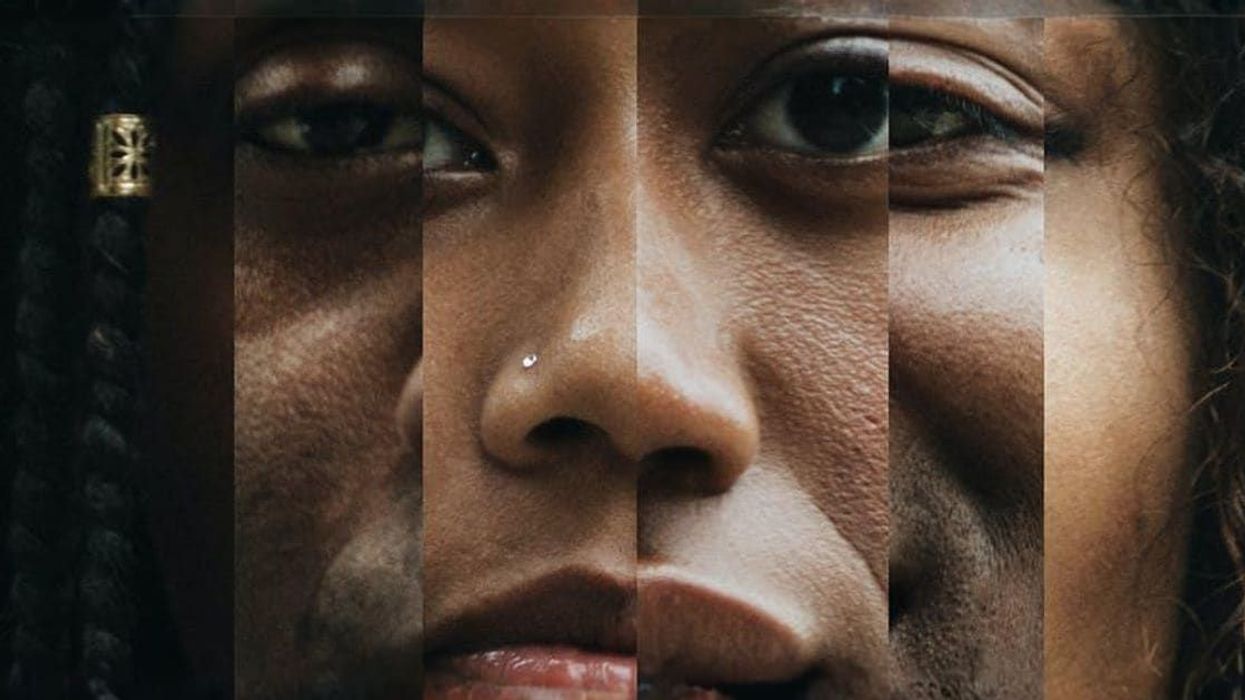Part six in Walking in L.A., a GOOD miniseries by Ryan Bradley on transportation in Los Angeles and what it's like to get across the entire city on foot.
I've been east of Downtown Los Angeles a day before I find them: the walkers. There are 16 of us, men and women, thirtysomethings and the middle-aged, fanny-packed and sweat-suited we stand at the ready. Before I was here in the parking lot of Baller Hardware on Hyperion Avenue, I was in Griffith Park. Before that: Los Feliz, Silver Lake, Echo Park, Solano Canyon, and Angelino Heights—lovely hilly places all, and wonderful for walking. It’s just after 7:30 p.m., and we are listening to the man we have come here to see, the man who will lead us on this night walk. Our route will be three miles long and circuitous, taking us up and down 14 stairways, though never the same stairs twice. The man’s name is Dan Koeppel.
"We try to walk the pace of the slowest person, but we lost someone last week, so keep together,” Koeppel tells us. Then he gives us an exciting pitch: "Tomorrow night we’re doing a full moon walk across Griffith Park to the Hollywood sign. It’s 14 miles."
There is a short silence followed by a few questions, like how long that will take. "I have no clue how long it will take. It could take all night," Koeppel responds. Someone else asks if the park is really open all night and Koeppel answers with confidence: "Sure, if you keep moving."
Koeppel grew up in New York City and remembers taking the subway to midtown when he was young and loving the crush of people and the fact that you had to deal with it. He moved to Los Angeles in 1992 and about 10 years later, while he was writing a book that had nothing to do with walking, Koeppel began to seek out the public stairways in his Silver Lake neighborhood. Because he is meticulous and a little bit obsessive, he started mapping his routes very carefully. And because he is a writer, he wrote about his hobby. And because he is a generous person, he started leading people on his walks. And, well, now “I’ve kind of become this gadfly journalist-activist,” he says, as if it were bound to happen given enough time.
And here I have to add: I know Dan Koeppel because he wrote for National Geographic Adventure, a magazine I used to work for. Dan wrote a brilliant story about a banana that would save all other bananas from a terrible blight, but could only be found in deepest Congo. He told our photo editor she could only assign him a photographer who would be able to ride a motorcycle through the jungle at high speeds, to keep up with him. The story never ran because the magazine shut down, but there in the Congo Dan found his grail banana.
What is interesting about Koeppel for the purposes of this story is that, when he moved to Los Angeles from New York, he brought with him the image of what vibrant city life should look like. And slowly, over time, through some obsession and a lot of civic pride, he did something about it—he became a transit activist, a title I bet he hates. East of the 101 freeway, in these hilly old neighborhoods, this same basic story line has been repeated everywhere: from illegally painted bike lanes by the Department of DIY to the Bicycle Kitchen or L.A. Eco-Village. Koeppel’s contribution, beyond these evening jaunts, is The Big Parade, a 35-mile, two day long trek through the city and its stairs with a 8,250 foot elevation gain which, Koeppel likes to point out, is the equivalent of climbing Mount Whitney. (GOOD's in-house walking expert, the aptly named Alissa Walker, wrote about last year’s Big Parade here and leads architecture themed walks with Koeppel).
The important part about Koeppel’s walks, even his epic ones, isn't that they prove how gnarly city walking can be, but how enjoyable. The Big Parade is segmented so participants can join for as long (or as short) a distance as they want, and a friendlier, more jovial scene there ain’t (this is what I’ve been told. If I was in Los Angeles on June 12 I’d walk it too). After all, once enough people come and bring their friends, and their friends' friends, well, pretty soon you have a movement, and when you have a movement maybe things will actually change. Or, you can just go out and paint a bike lane or build a 99-foot tower in your backyard by yourself.
The next day, I learn that the Griffith Park 14-miler has been shorted to seven miles, probably so more people could participate. But also, I think, because walking 14 miles throughout the night for pleasure seems a little insane.
We start to talk, the walkers and I, and we agree that it’s kind of novel, walking in a city that isn’t supposed to be walkable. We start to swap city secrets, trade inside information, one-up each other with our street intel. I learn about a vineyard in the Hollywood Hills after I mention the dog-park there. I find out that much of this neighborhood, when it was being developed at the beginning of the 20th century, is named after Sir Walter Scott’s Ivanhoe, and that the stairs were built in the 1920s and are considered public streets, and that, not far from here, there’s a city road a mile long that’s still completely dirt, same as it was a century ago. Then I make an amateur move: I tell a few of my fellow walkers that I'm writing a story about walking in Los Angeles, that I've been walking across the city, and so ends the secret-sharing; which is fine because frankly, climbing a lot of stairs and talking is hard.
By the end of the three miles it’s dark out and some of the spookier stairways require a significant amount of trust, or a flashlight. Descending the last flight of the night, three teenagers emerge from the shadows, red-eyed and sheepish. There’s the faintest smell of weed in the air, and they stand back against the concrete and watch the group pass by in silence. I’m near the back, and one of them asks, softly:
“What are you guys doing?”
“Just walking,” I say.
“You guys, like, united or something?”
“Yeah. We're united.”
Photos by Ryan Bradley.
















 Otis knew before they did.
Otis knew before they did.